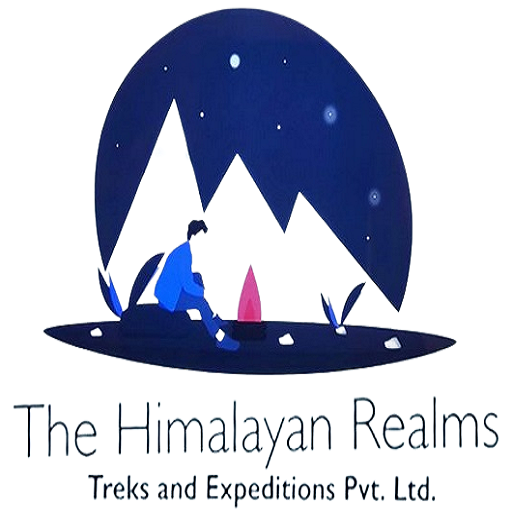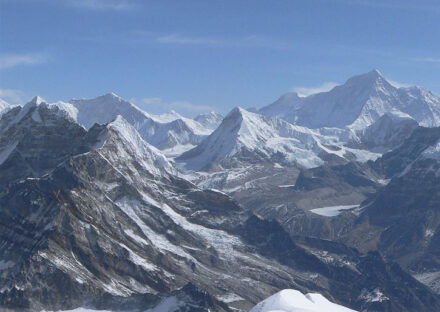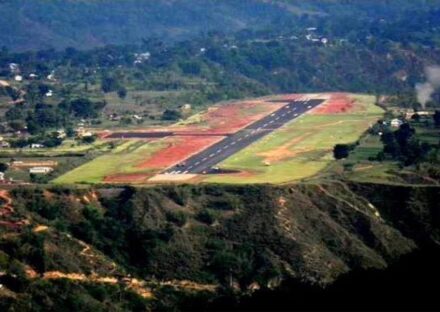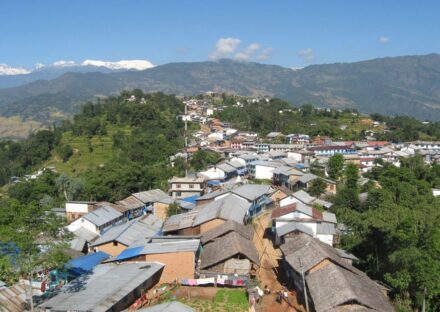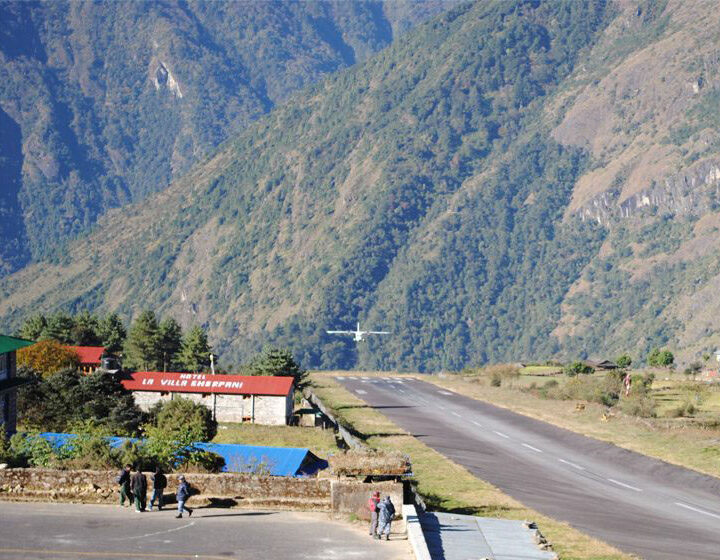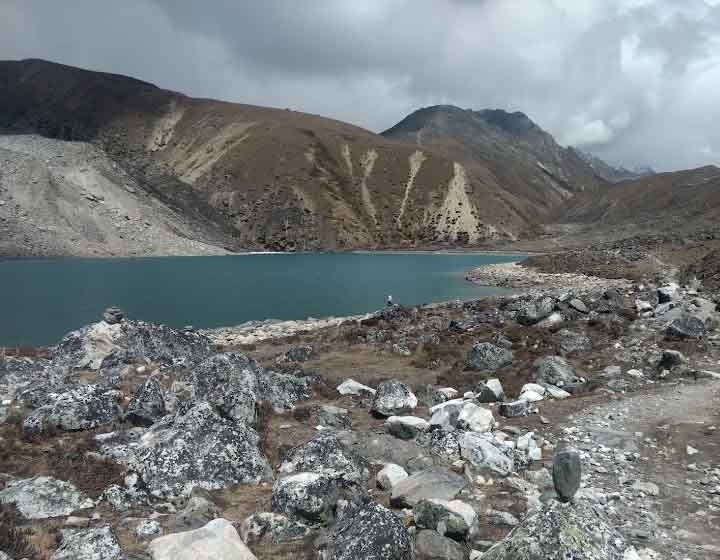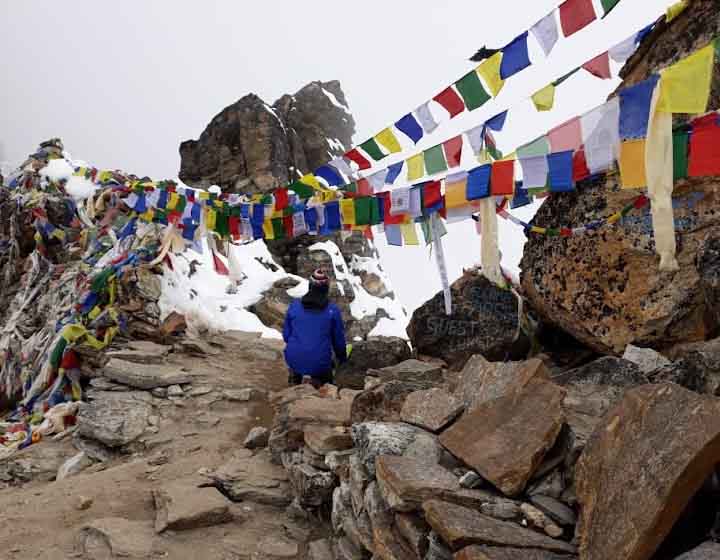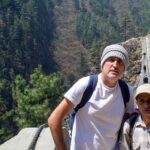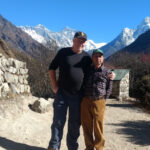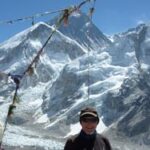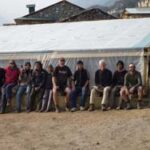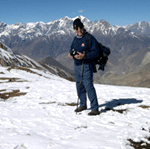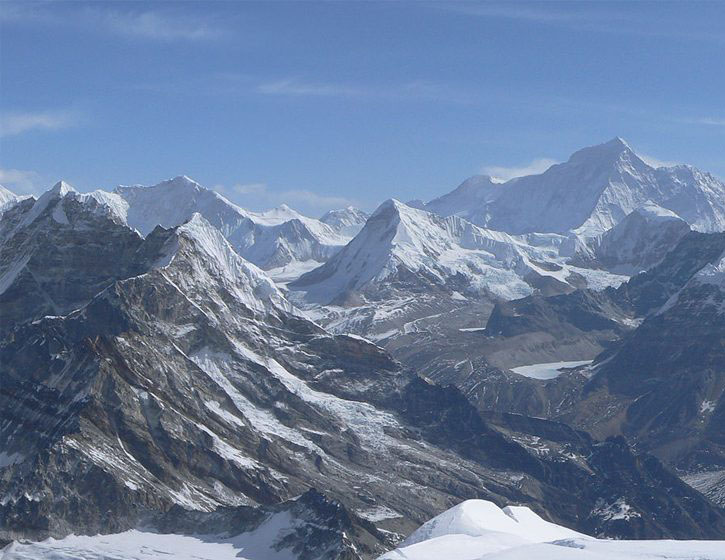
Trip overview

Overview: Makalu Base Camp 23-days trek
The Makalu Base Camp Trek route is via the Makalu Barun National Park and Conservation Area. This Makalu Barun area is located in the eastern part of Nepal. The main focal point of this trek is Makalu Barun National Park, Solukhumbhu, and Sankhuwasabha districts. The Makalu Base Camp Trek is one of Nepal’s most pristine and adventurous trekking experiences, ideal for trekkers seeking solitude and raw natural beauty. Located in the eastern Himalayas, this trek leads to the base of Mount Makalu (8,485m), the fifth-highest mountain in the world, through the remote Makalu Barun National Park.
Makalu Barun National park
The Makalu Barun National Park was established in 1992. The Makalu is a formerly restricted trekking area; it extends over five major ecological zones where the lush, tropical Arun Valley, dense forests of rhododendron and fir, and alpine meadows can be found that lead to the mighty Barun glacier. Mount Makalu (8463 m), the world’s fifth-highest peak, Chamlang Himal, and Barun Valley are the major jewels of this trekking area.
Makalu trekking
The Makalu trekking region and the Everest trekking region are close to each other. Makalu Base Camp Trekking is challenging and outstanding, but the trek up to Makalu Base Camp is one of the most remote and unfrequented trekking areas in Nepal.
Atmosphere and Vegetation
Having a wide range of altitudinal and climatic variations, the Makalu Barun area offers a remarkable and diverse habitat for a rich variety of flora and fauna. The Makalu-Barun National Park is also home to a rich variety of wildlife animals. The highlights of this rich natural paradise include beautiful mountains, pristine forests, a wide variety of plants and wild animals, and the simple and warm-hearted local people with rich and varied customs.
About the location
The altitude climbs from the Arun Valley at only 435 meters above sea level to Makalu at 8463 m, just 40 km away from the valley. The best time to schedule Makalu trekking is between September and November and also March and May, when the passes are less likely to be covered in snow. The Makalu Trek is another popular trekking destination in Nepal.
settlement of the peoples Makalu–Barun Area
The Makalu Barun area is nestled in the lower reaches of the Barun and Arun valleys, where there are communities of Rai, Sherpa, and Shingsawa (Bhotia) farmers. Even economically poor and isolated, they retain a rich cultural heritage. They hold the key to the preservation of the unique biological and cultural treasures of the Makalu Barun area. The Makalu-Barun area is little known to most tourists due to its relative inaccessibility. But those few hundred trekkers and mountaineers who visit each year come away with an unforgettable experience.
Flora in the Makalu Region:
Due to its dramatic elevation range (from 500m to over 8,000m), the Makalu region hosts several distinct vegetation zones:
Subtropical Zone (up to 1,000m): Sal trees, Schima and Castanopsis species, bananas, ferns, and bamboo groves. Temperate Forests (1,000m–3,000m): Oaks, Maples, Rhododendrons (over 25 species in the region), magnolias and birch
Subalpine and Alpine Zone (3,000 m–4,000 m): Junipers, dwarf rhododendrons, and alpine meadows filled with blue poppies and edelweiss. Nival Zone (Above 4,500m): Sparse vegetation: mosses, lichens, and hardy alpine grasses
Fauna in the Makalu Region: The park supports some of the rarest and most endangered species in the Himalayas: Mammals: red panda, snow leopard, Himalayan black bear, and musk deer. Himalayan tahr. Grief and sorrow. Assamese macaques and langurs in lower elevations Birds (Over 400 species recorded): Himalayan monal (Danphe—Nepal’s national bird) Blood pheasant, Satyr tragopan, Himalayan griffon, sunbirds, cuckoos, and various warblers. Reptiles & Amphibians: Lesser-known species due to the remote nature of the terrain Found mostly in the lower, warmer altitudes. Butterflies & Insects: Colorful butterflies and endemic insect species enrich the ecosystem during spring and summer
About the services from company
Makalu Region trekking can be organized only as a camping trek. The Himalayan Realms Treks can arrange for you all the equipment. Our staff includes a guide, cook, Sherpa, and sufficient porters to carry all your trekking gear. Even if you have never camped before, there is no need to worry that you won’t enjoy the experience. The tents we provide are roomy, the sleeping pads/mattresses are comfortable, and international-style food of a high standard is freshly prepared and served in the camp. On all of our camping treks, the Himalayan Realms trek and Expedition Nepal can manage a bathroom tent as well as a dining tent with tables and camp stools, providing a comfortable atmosphere to eat and chat with fellow trekkers during each evening.
Other popular trekking routes include
Annapurna Base Camp Trek
Annapurna Circuit Trek
Langtang Valley Trek
Ghorepani Poon Hill Trek
Manaslu Circuit Trek
Conclusion of the Makalu Base Camp Trek
The Makalu Base Camp Trek offers a remote and awe-inspiring adventure into the heart of the Himalayas. Ideal for experienced trekkers seeking solitude and raw natural beauty, this journey provides spectacular views of Mount Makalu (8,464m), the fifth-highest mountain in the world. Passing through Makalu Barun National Park, the trail takes you across diverse landscapes—from lush rhododendron forests to rugged high-altitude terrain. Culturally rich and biologically diverse, the trek rewards with both spiritual peace and physical challenge, making it a once-in-a-lifetime experience for those who venture off the beaten path.
Short Itinerary
Included
- All airport and hotel transfers
- 2 Night Accommodation in Kathmandu with B/B plan
- Makalu, Barun National park permit
- Kathmandu to Tumlingtar round trips flight fear for guest and guide
- Bus ticket from Kathmandu to Tumlingtar round trips for staffs
- Accommodation, food, & Tea/coffee during treks
- Guide:- including salary, insurance, equipment, bus transportation, flight fare, food and lodging
- Porter:- including salary, insurance, equipment, bus transportation, food and lodging
- All government and local taxes
Not Included
- Food in Kathmandu ( Lunch & Dinner)
- Nepal Visa fee
- International airfare from your country to Kathmandu and from Kathmandu
- Extra night accommodation in Kathmandu
- ravel and rescue insurance if guest get mountain sickness and need to rescue helicopter.
- Personal expenses example (phone calls, laundry service , bar bills, battery recharge, extra porters, bottle or boiled water, shower etc)
- Tips for guide and porters
Join Us Upcoming Trips
Book this trip with us. Here are the upcoming dates. Feel free to share this trip with your friends and family. For custom trips or general inquiries contact us.
| Departure Date | Trip Duration | Price | Status | |
|---|---|---|---|---|
| 15 September, 2025 | 23 days | $3290 | Fixed departure | |
| 05 October, 2025 | 23 days | $3290 | Fixed departure | |
| 25 October, 2025 | 23 days | $3290 | Fixed departure | |
| 05 November, 2025 | 23 days | $3290 | Fixed departure | |
| 25 November, 2025 | 23 days | $3290 | Fixed departure | |
| 15 December, 2025 | 23 days | $3290 | Fixed departure |
Useful Info
Makalu Base Camp—23-day (MBC) trek, covering everything you’ll need to know—from logistics and itinerary to permits, difficulty, packing, and key highlights.
Overview & Highlights
Region: Makalu Barun National Park, eastern Nepal. Duration: ~23 days (including Kathmandu arrival/departure days). Max Altitude: ~4,870 m at Makalu Base Camp. Difficulty: Strenuous—long days, high passes, remote trails
Highlights: Deep, lush valleys of the Arun and Barun rivers. Panoramic views of Makalu (8,485 m), Everest, Lhotse, and Kangchenjunga. Rich biodiversity: rhododendron forests, rare wildlife (red panda, musk deer). Traditional Sherpa, Rai, and Limbu villages. Crossing Shipton La (4,216 m) into the Barun Valley
Note: Daily hiking hours are approximate. Weather, group pace, and trail conditions can extend these.
Permits & Regulations
1. TIMS Card (Trekkers’ Information Management System): required
2. Makalu Barun National Park Permit: USD 30 per person (subject to change)
3. Local Conservation Fee: NPR 3,000 per person. Permit fees are payable in Kathmandu or Tumlingtar.
Best Seasons
Monsoon (Spring): Mid-March to May: Warm days, rhododendron flowering
Post-Monsoon (Autumn): Late September to November Clear skies and stable weather. Avoid monsoon (June–August) and deep winter (Dec–Feb) due to heavy rain/snow and road/air disruptions.
Physical & Technical Difficulty
Altitude Gain: High—adequate prior high-altitude experience recommended. Trek Grade: Strenuous. Trail Conditions: Remote, sometimes narrow and rocky; river crossings on suspension bridges. Acclimatization: Critical—don’t skip rest days at Shipton La and MBC
Packing Essentials
Clothing: Warm insulated down jacket & pants. Waterproof shell jacket & trousers. Thermal base layers & fleece mid-layers. Trekking pants & shorts. Hat, gloves (liner + insulated), buff
Footwear: Well-broken-in waterproof trekking boots. Comfortable camp shoes/sandals
Sleeping & Shelter: 4-season down sleeping bag (rated to −15 °C or lower). Lightweight sleeping pad
Gear: 40–50 L daypack + 60–70 L duffel or backpack. Trekking poles. Headlamp (plus spare batteries). Sunglasses (UV protection) & glacier glasses for snow glare. Sunscreen (SPF 50+) and lip balm
Health & Safety: Basic first-aid kit & personal medications. Water purification (Steripen or drops). Altitude sickness medication (e.g., Acetazolamide)
Miscellaneous: Portable power bank & charging cables. Camera + extra memory cards/snacks/energy bars
Logistics & Tips
Guide & Porter: Highly recommended for navigation, load-carrying, and local insight. Communication: Sporadic mobile signal; consider renting a local SIM (Ncell) or satellite phone for emergencies. Accommodation: tea Tea houses with basic twin rooms and shared bathrooms; simple meals (dal-bhat, noodles, soups). Hydration & Nutrition: Drink at least 3–4 L of boiled/purified water per day; carry electrolyte tablets
Environmental Responsibility: Pack out all non-biodegradable waste/minimize plastic use; bring a reusable water bottle. Respect local customs and flora/fauna regulations in the National Park
FAQs
-
What is the Makalu Base Camp Trek?
The Makalu Base Camp Trek is a remote and adventurous journey to the base of Mount Makalu (8,481m), the fifth highest mountain in the world. This 23-day trek offers unspoiled wilderness, rich biodiversity, and stunning Himalayan landscapes.
-
How difficult is the trek?
This is a strenuous trek suited for experienced trekkers. It involves long walking days, steep ascents and descents, and high-altitude trekking (up to 5,000m+). Good physical fitness and previous high-altitude trekking experience are recommended.
-
When is the best time to do this trek?
The best seasons are: Spring (March to May) – Rhododendrons bloom and views are clear. Autumn (September to November) – Stable weather and excellent visibility.
-
Do I need a special permit for this trek?
Yes, you'll need: Makalu Barun National Park Permit TIMS Card
-
How do we get to the starting point of the trek?
You’ll typically take a flight from Kathmandu to Tumlingtar, then drive to Num, the trailhead. Return is the same route.
-
Is travel insurance required?
Yes, comprehensive travel insurance with emergency evacuation coverage is mandatory for this trek.
